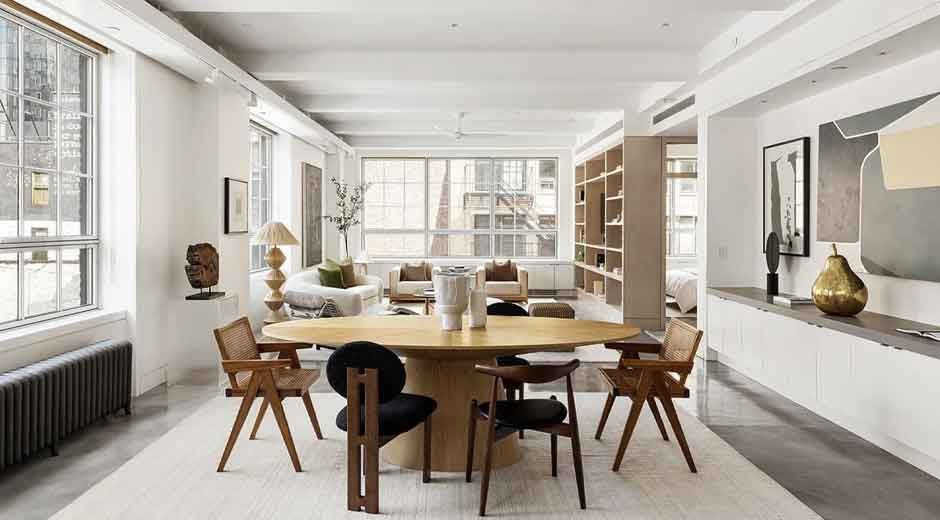Mixing different wood tones in your home is a creative way to give your interiors depth, personality, and a stylishly modern edge. Instead of sticking to one matching finish, combining a variety of wood shades can make a room feel layered and thoughtfully designed. The key is to blend tones in a way that feels intentional, balanced, and visually appealing.
Why Mix Wood Tones?
Using more than one wood finish adds contrast and richness to your space. Light and dark shades together create visual interest, while a variety of grains and textures bring warmth and character. A room with mixed woods feels curated and lived-in, as though each piece has been carefully collected over time.
Start with a Dominant Tone
Every successful mix begins with a primary wood tone that sets the foundation. This is often your flooring, cabinetry, or the largest wooden piece in the room. Once this main element is chosen, you can build around it with complementary tones that either highlight or gently contrast the base color.
Create Transitions
If two woods feel too different, use bridging elements to soften the transition. Rugs, painted furniture, or metallic accents can break up the contrast and make the pairing feel more natural. These small details help unify the overall look.
Pay Attention to Undertones
Whether warm, cool, or neutral, undertones are crucial when blending different woods. Warm woods include honey, red, and golden hues, while cool woods feature gray or ashy undertones. Keeping woods within the same undertone family creates harmony. If you want to bridge warm and cool shades, introduce a neutral wood that blends naturally with both.
Limit the Palette
While variety is appealing, too many competing tones can overwhelm a space. Aim to work with two or three wood tones: one dominant, one secondary, and a third as a subtle accent. Repeat each tone at least twice within the room to make the combination feel deliberate rather than accidental.
Use Texture and Finish to Create Balance
Texture and finish can help different woods complement each other. Pair a smooth, refined surface with a more rustic grain to add dimension. Matte or satin finishes tend to blend better than high-gloss options, which can exaggerate contrasts.
Flooring as the Anchor
Because flooring is often the largest wooden surface in a room, it naturally becomes the anchor for your design. Choosing a versatile base allows greater freedom when selecting furniture and accessories. A trusted wood floor specialist Balham can guide you in selecting a floor tone that works with a wide range of woods, ensuring your future design choices remain flexible.
Stylish Combinations to Try
- Light floors with dark furniture:Pale oak floors combined with walnut or mahogany accents create a striking modern contrast.
- Dark floors with warm neutrals:Rich espresso flooring paired with natural oak or maple furniture adds cozy elegance.
- Mixed finishes:Combine matte cabinetry with glossy side tables for an updated, contemporary edge.
Bringing It All Together
Mixing wood tones is about creating a layered, cohesive space that feels both modern and timeless. By starting with a dominant tone, considering undertones, limiting your palette, and using texture for balance, you can confidently create interiors that feel unique and full of character. With careful planning, your home can become a showcase of wood’s natural beauty.
